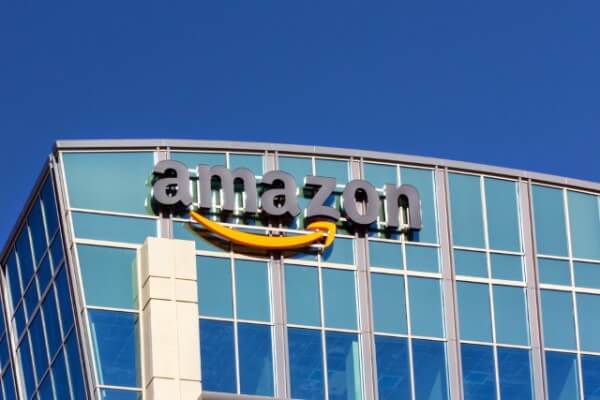In the highly competitive world of e-commerce and tech giants, Amazon has once again proven its mettle. The company recently reported its third-quarter earnings, surpassing analysts’ expectations and generating significant investor interest in the company. Amazon’s performance comes on the heels of better-than-expected earnings reports from fellow tech giants such as Alphabet and Microsoft. Where Amazon and Microsoft both have scored, is the upsurge in cloud growth, something that Alphabet has failed to capitalise on.
In a press release, Amazon said it generated a total of $143.1 billion in revenue for the quarter ended September 30, 2023, marking an annual increase of 13% and outperforming analysts’ estimates of $141.4 billion. Its operating income climbed to $11.2 billion in the third quarter of the year, a strong increase from the $2.5 billion it had clocked in operating income in Q3 2022. Amazon also reported earnings per share (EPS) of 94 cents, significantly surpassing analysts’ expectations of 58 cents, while its net income rose to $9.9 billion in the third quarter, or $0.94 per diluted share.
Amazon’s strong performance in the third quarter earned it a climb in its stocks in extended trading, before they dropped again to reach $119.57. The company also recorded its highest operating margin since early 2021 – 7.8% in the third quarter of the year. Amazon’s core e-commerce business witnessed a year-over-year expansion of 7% during the third quarter. This recovery builds upon the 4% growth witnessed in the previous quarter. The company attributed this success, in part, to the results of its Prime Day promotion, which took place in July and was described as its “biggest ever” sale.
Amazon is heading into the crucial holiday season with high expectations – going forward, it expects its sales for the holiday quarter to range between $160-167 billion, just sliding past analyst expectations of $166.6 billion. “We had a strong third quarter as our cost to serve and speed of delivery in our Stores business took another step forward, our AWS growth continued to stabilize, our Advertising revenue grew robustly, and overall operating income and free cash flow rose significantly,” Andy Jassy, Amazon CEO, commented on the matter.
Amazon’s advertising segment clocked an impressive performance for the recently-ended quarter. Amazon’s ad revenue for the period amounted to $12.06 billion, marking an annual increase of 26% and further cementing the tech major’s presence in the digital advertising sector – currently, Amazon’s online advertising unit accounts for 7.5% of the global digital ad market, which is far behind the market shares of Alphabet (28.4%) and Meta (20.1%). Amazon’s advertising services segment has, for a long time, been a bright spot for the company, and includes the sales of ad services to sellers, vendors, publishers, authors, and other third parties, including ads sold for Prime Video’s exclusive “Thursday Night Football” games package and the Freevee ad-supported video service.
“We’re also doing much better on the advertising side than we did in our first year, and that’s a property that’s really valuable,” Jassy said. “It’s the one game that week and advertisers want to be in front of customers because there’s 13 million customers a week watching,” Jassy said, touting Prime Video as an “integral” component of the Prime membership program. The company has also been cutting its costs over the past months – it laid off 27,000 employees since last fall.
Despite this, however, Amazon Web Services (AWS) failed to beat analyst estimates. Its revenue for the third quarter amounted to $23.1 billion, just slightly below the expected revenue of $23.2 billion, and marking a YoY growth of 12%. While AWS remains a vital profit driver for Amazon, the slight dip in expected revenue may indicate competition in the cloud computing space. It did manage to generate nearly $7 billion in operating income, though, while its operating margin expanded to 30.3%. AWS had also started selling its Bedrock service in the recently-ended quarter for running generative AI models, and AWS’s Trainium chips would be used by AI startup Anthropic to train models. Its growth seems to have slowed down in recent quarters, though, and Amazon CFO Brian Olsavsky revealed that the tech giant is seeing some “cost optimization” from customers, but at a slower rate than before.
Jassy noted that the AWS team “continues to innovate and deliver at a rapid clip, particularly in generative AI,” and that the business is stabilizing, even though companies are cutting costs when it comes to rented computing power and software. All of this comes amidst Amazon’s AI ambitions, especially generative AI, and Jassy claimed that the tech represents “tens of billions” in potential revenue for AWS over the next several years.





